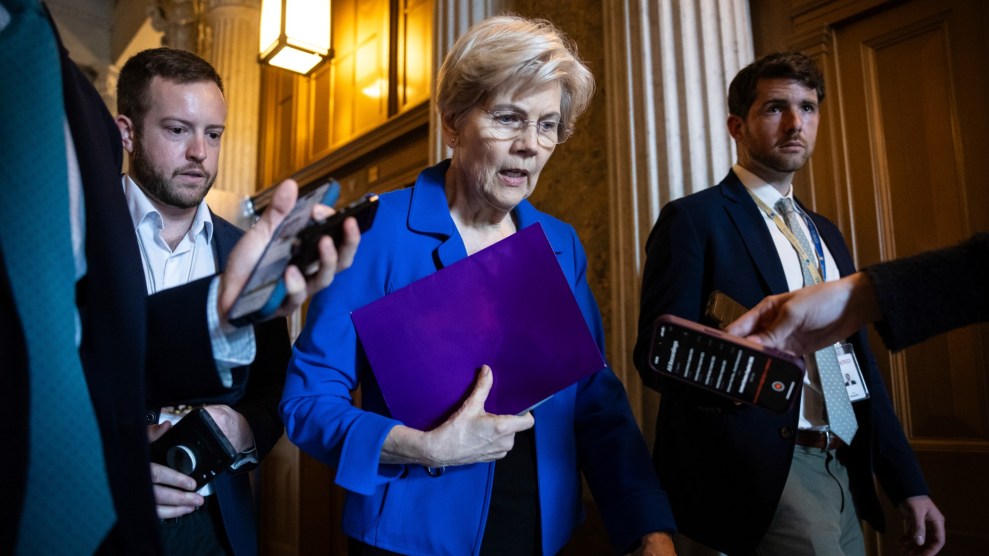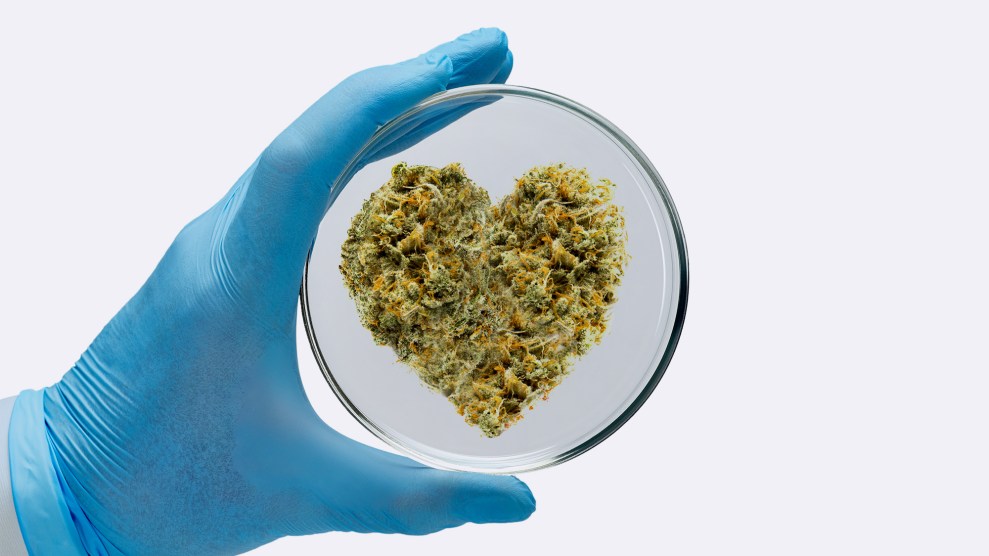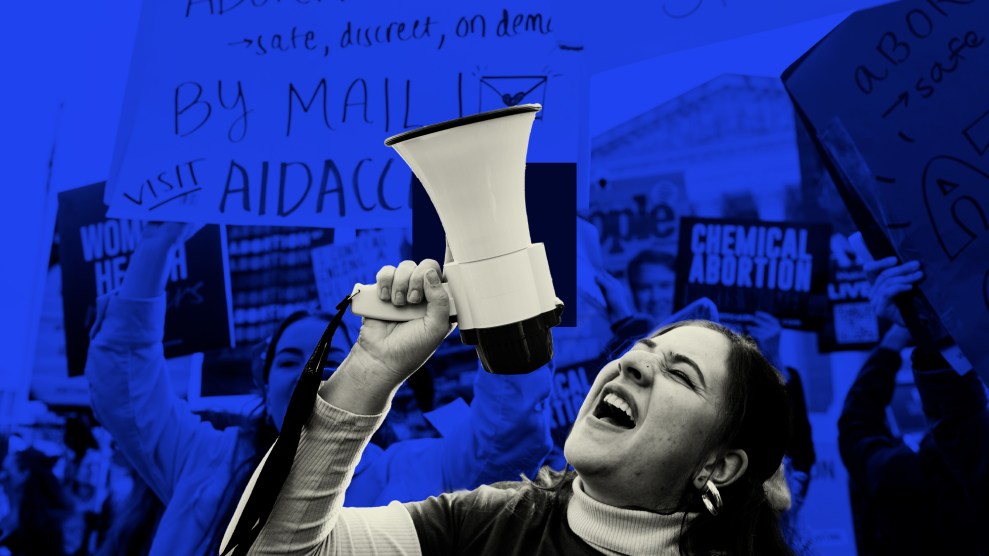CURRENT VALUES….Paul Krugman says the Paulson bailout will only work if it recapitalizes banks by overpaying for the toxic waste that the Treasury takes off their hands. Brad DeLong begs to differ:
Financial institutions will be grossly undercapitalized if bond prices don’t recover and will be well capitalized if bond prices do recover. The way to make bond prices recover — and housing prices as well — is to boost the economy’s risk tolerance by raising demand for risky assets and reducing the burden of risk that the private sector needs to hold by reducing the supply of risky assets on the private market. You reduce the supply of risky assets by having the government buy them up. You expand the demand for risky assets by restoring confidence and by providing capital injections. You do both of these at fair prices — at current values — and you find that values have changed without the governent having to overpay for anything.
I followed this all the way up to the last sentence. In particular, this part:
at fair prices — at current values —
But isn’t that the rub? You can’t simply declare that current value and fair value are the same thing and then walk away. That’s the whole argument. After all, there are already plenty of vulture funds who are prepared to buy toxic mortgage securities at current prices — which are close to zero — but banks aren’t willing to sell it off at those prices because (a) it would make them insolvent and (b) they think that once the panic subsides everyone will realize that this stuff is worth a bit more than we currently think.
Who’s right? Nobody knows. But I will say this: many liberals, myself included, think the Fed should be more aggressive about fighting asset bubbles. However, that implicitly suggests that we don’t think the market always values assets properly, and that occasionally the government needs to step in to keep everyone on an even keel. But if that’s true for bubbles, it’s also true for panics. So maybe the banks are right: maybe this stuff is being misvalued by the market, and maybe the government should step in to keep everyone on an even keel. But that means buying toxic waste at higher than current values, right?
Needless to say, the feds ought to get equity stakes or senior debt or something to protect against the possibility that all this toxic waste really is worthless. But given that plenty of people are already willing to buy distressed assets at their current, fire sale values, there’s no point in the feds getting involved in a bailout in the first place unless they’re planning to buy at higher than market prices. Right?

















